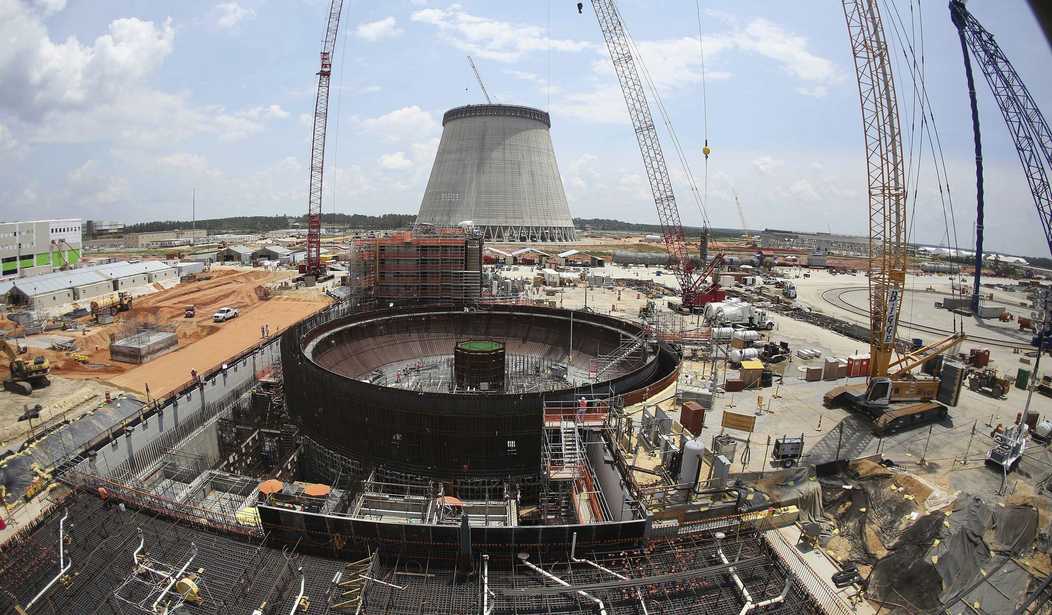Once upon a time, nuclear power was seen as the future. Nuclear reactors were going to produce electricity so cheaply that it wasn't even going to be worth billing customers.
The budding nuclear industry didn't take long to disabuse the public of that pipe dream. And then the Nuclear Regulatory Commission (NRC) happened.
Like every other regulatory body in the history of human civilization, the NRC believed that more regulations made the public safer and justified its existence to Congress.
The NRC has a unique means of funding. It gets 90% of its budget from assessing various fees it collects from the nuclear industry, including applications for licenses, permits, and inspections of nuclear facilities.
It's not cheap to purchase a license to operate a nuclear reactor. Even a tiny reactor like the ones operated by the University of Utah and Texas A&M, whose two reactors produce about five watts of electricity, must pay a $144,000 fee yearly.
"The current fee model limits NRC’s capabilities to review advanced reactors, slows innovation, and makes the U.S. a less attractive regulatory environment," says a report by the Nuclear Innovation Alliance.
"There is no evidence that the current fee model enables innovation," the group added.
The entire world is on the cusp of a startling revolution in nuclear power, and the NRC appears to be stuck in the 1970s. The revolution will happen regardless of what the NRC does, so the only question we should be asking is: Should the United States lead this revolution?
The dream of small nuclear reactors powering a small town or even a neighborhood is becoming visible. But that dream won't happen unless the NRC ditches regulations that add nothing to safety and hinder innovation.
Deep Fission, a start-up nuclear company, along with several other companies and schools, has sued the NRC over the "Utilization Facility Rule," which requires all nuclear power-producing reactors to pay a steep fee for the privilege.
Deep Fission is also negatively impacted by the rule. Using a 30-inch borehole, the company places its small modular reactor (which produces 15 MW of thermal power or 5 MW of electric power) one mile underground. At that depth, reactors are positioned well below the water table and "encased in billions of tons of stable bedrock," which means that they "pose little proliferation or public health risk," says Muller. Deep Fission argues that this "may eliminate the need for costly concrete and steel surface containment buildings," allowing its reactors to produce more affordable electricity.
However, before it can get up and running with this technology, Deep Fission will have to pay a steep fee—more than $5 million for larger reactors—to obtain an operating license. Since no small modular reactors are in operation yet (due in large part to stringent regulations), the NRC has not assigned an annual operating fee for these reactors.
The industry can't move forward with this innovative technology because of excessive, stifling regulations that prevent Deep Fission from getting an operating license. It can't get an operating licence because its technology is too innovative.
Deep Fission "feels good about our ability to be regulated under the current regime," but the company is worried "about the impact on the world if nuclear is unable to move forward faster, to meet the current anticipated energy demand."
That anticipated demand is from electricity-guzzling Artificial Intelligence data centers, which are already placing a heavy strain on the U.S. electrical grid. Microsoft, Amazon, and Google are all investing in nuclear power, with Microsoft looking to reopen the Three Mile Island Nuclear plant.
Nuclear "micro-reactors" are also getting close to commercial viability. Westinghouse plans to begin full-scale production of its eVinci microreactor by 2029.
The NRC is going to have to change its regulatory regime if the U.S. is going to compete in this new nuclear world. We're already behind the energy curve, as AI is rushing forward without the electricity-generating capacity to fully take advantage of the new technology.
Your favorite PJ Media writers are working hard to bring you the best opinions and news in the business. Support us by becoming a VIP Member! We're giving you a 60% discount on the regular VIP Membership with the promo code "FIGHT." Click here to join and receive your discount.










Join the conversation as a VIP Member